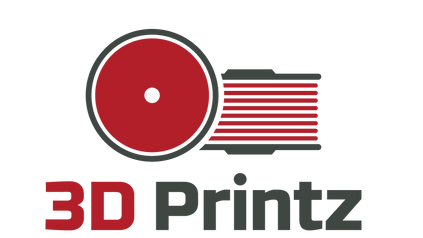
The benefits of using 3D printing for prototyping
Prototyping is an essential step in the product development process, allowing companies to test and refine their ideas before they invest in mass production. 3D printing has become a valuable tool in this process, offering numerous benefits over traditional prototyping methods. In this blog post, we'll explore some of the key benefits of using 3D printing for prototyping.
-
Speed: 3D printing allows for rapid prototyping, with the ability to produce a functional prototype in just a matter of hours. This speed saves time and resources, enabling companies to quickly iterate on their design and move on to the next phase of product development.
-
Cost-effectiveness: 3D printing eliminates the need for expensive tooling and moulds, reducing the cost of prototyping. It also enables designers to print multiple prototypes at a fraction of the cost of traditional methods, allowing for more thorough testing and refinement.
-
Design freedom: With 3D printing, designers can create complex and intricate shapes that would be difficult or impossible to achieve with traditional manufacturing methods. This design freedom allows for more creative and innovative product development.
-
Customization: 3D printing makes it easy to create customized prototypes that are tailored to specific needs and requirements. This can be particularly useful in industries such as medicine and consumer goods, where prototypes must be tested for fit and function.
-
Flexibility: 3D printing allows for quick and easy modification of prototypes, allowing companies to test multiple design iterations without having to start from scratch. This flexibility saves time and resources, and enables companies to quickly respond to changing market conditions.
-
Versatility: 3D printing can be used to produce prototypes in a variety of materials, including plastic, metal, and even wood. This versatility allows for the production of functional prototypes that closely mimic the final product.
-
Improved communication: 3D printing enables designers to create prototypes that can be easily shared and discussed with stakeholders, helping to facilitate communication and collaboration.
In conclusion, the benefits of using 3D printing for prototyping are numerous and far-reaching. From faster development times and reduced costs to improved design freedom and flexibility, 3D printing has become an indispensable tool in the product development process. Whether you're a designer, engineer, or entrepreneur, incorporating 3D printing into your prototyping process is sure to bring new opportunities and benefits.

Leave a comment